A school citizen science project exploring calcium carbonate structures
Calcium carbonate is the most abundant biomineral (a mineral produced by a living organism) on earth. From seashells to chalksticks it’s a material we stumble across frequently; cracking eggs in the kitchen, while out exploring the natural world or at the chalkboard in classrooms still resisting the ‘upgrade’ to whiteboards or interactive displays.
In common with other biominerals, there are a number of different calcium carbonate structures, the three main ones being calcite, arogonite and vaterite. While the formation of each structure is exquisitely controlled by living organisms, the factors that influence the crystallisation process and resulting mixtures of structure types are not completely understood.
Crowdsourcing calcium carbonate

Claire Murray (visiting scientist) and Julia Parker (principal beamline scientist) at Diamond Light Source, the UK’s national synchrotron science facility, aimed to add to this understanding through an innovative and large-scale collaboration with school-aged scientists from across the country. In 2017, they launched Project M, named with a nod to the Roman numerical system and their aim to collect 1000 different samples of calcium carbonate, each synthesised by citizen scientists.
In their new CrystEngComm paper, co-authored with many other colleagues, Murray and Parker have described the scientific results from this mass experiment, which has shed light on the influence of amino acids and other related additives on the formation of calcite and/or vaterite.
Students, together with their teachers, teaching assistants and laboratory technicians, carefully prepared samples of calcium carbonate crystals by mixing solutions of calcium chloride and sodium carbonate in the absence and presence of these additives and exploring variables such as mixing time. The resulting powdered samples from each of these experiments were washed, dried, loaded into capillaries and then sent to Diamond Light Source where diffraction patterns were collected for all samples over an intensive 24 hour period.
The Diamond team were greatly impressed by the contributions of Project M scientists from over 100 schools. In addition to their samples, participants also developed other skills and sent additional data to the project leads.
‘For example, loading capillaries is really, really hard,’ explains Murray. ‘Many PhD students or professors find it really, really difficult but many of the Project M scientists had actually loaded the capillaries really well and took the time to learn how to do that. They also sent us full reports on all of the samples they made and anything they noted or thought was interesting.’
The Diamond team shared the collected powder diffraction data with the participating schools and invited the Project M scientists to use a bespoke online peak fitting tool to further explore their data.
Controls performed by each school assisted with data validation and helped to ensure that the findings would be publishable and useful to the research community.
Students and teachers shared positive experiences of participation. One such Project M scientist, Gry Christensen, a former student at Didcot Girls’ School, UK, was delighted to be part of a project where she could ‘make a difference’.
‘It was an amazing journey and I recommend that if any other schools have a chance to help with a similar project, then jump on board, because it is a once in a lifetime opportunity for the students, and you feel you can make a positive change to the world,’ says Christensen.
Community building through chemistry

For Murray, aside from the excitement around the data generated and the opportunity to bring an authentic research project in chemistry to large numbers of young people, collaboration with teachers was also very powerful.
‘I think that many researchers and academics forget that many [chemistry] teachers trained as chemists,’ she says. ‘They do teacher training and focus on that but they have a massive appreciation for what research is and what research questions might be. We had so much enthusiasm from the teachers – they were talking all over Twitter (now X) about the project and asking questions and emailing us.’
Teachers were also key in enabling the development of ‘relevant and targeted’ resources and were just one group of very committed people who contributed time and expertise to the project.
‘Project M would never have happened without the team of people working with us,’ says Murray. ‘So many people did so many things big and small. For example, we spent a whole day in the [Diamond Light Source] atrium packing boxes, and people came out and spent their lunch break helping and asking questions about Project M. The community is what the whole project is about. We built communities through this project and I think that’s one of my favourite things that happened.’
References
C A Murray et al, CrystEngComm, 2024, DOI: 10.1039/D3CE01173A
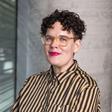

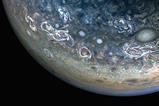
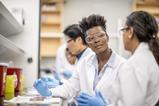

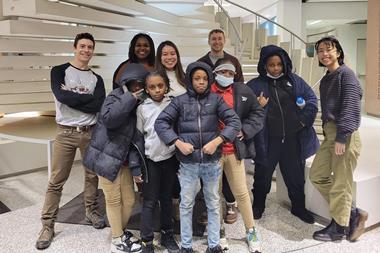
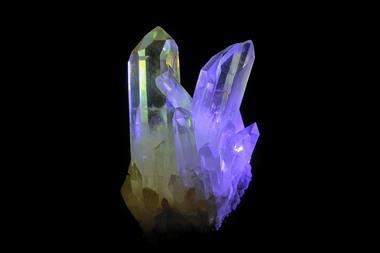










No comments yet